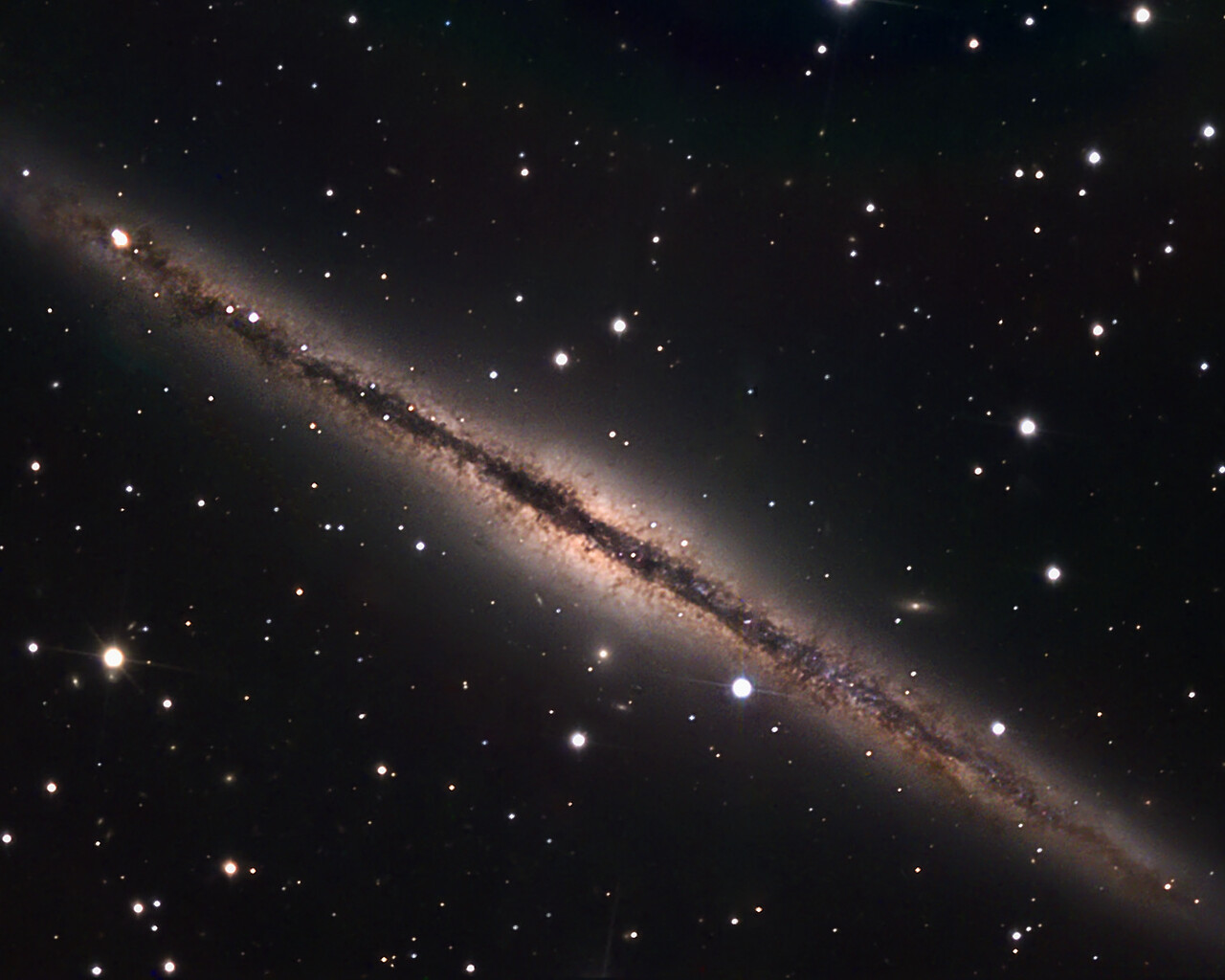Andromeda
Origin
Andromeda represents the daughter of Cepheus and Cassiopeia, also nearby constellations in the northern sky. Andromeda is next to Pegausus. From the northern hemisphere, it is best viewed in the evening skies in the fall.
Bright Stars
The brightest star in Andromeda is Alpheratz and represents the head of Andromeda. Alpheratz is also the northeastern star in the asterism known as the Square of Pegasus. The second-brightest star in Andromeda is Mirach, a red giant star. The third-brightest star is Almach. Almach is a double star with a 5th-magnitude companion 9.7 arcseconds away.


 Photo of the constellation Andromeda produced by NOIRLab in collaboration with Eckhard Slawik, a German astrophotographer.
The annotations are from a standardized set of 88 western IAU constellations and stick figures from Sky & Telescope. Please find here a non-annotated version of the image.
Photo of the constellation Andromeda produced by NOIRLab in collaboration with Eckhard Slawik, a German astrophotographer.
The annotations are from a standardized set of 88 western IAU constellations and stick figures from Sky & Telescope. Please find here a non-annotated version of the image.
Credit: E. Slawik/NOIRLab/NSF/AURA/M. Zamani
Notable Objects
The Andromeda Galaxy is the most prominent object in Andromeda. The Andromeda Galaxy (also known as Messier 31) has been known since ancient times and is visible to the naked eye from dark sites as a smudge of light in the sky. The Andromeda Galaxy is larger than the Milky Way and is the largest galaxy in the Local Group of galaxies. It has two companions, Messier 32 and Messier 110, that are visible through small telescopes.
NGC 891 is a galaxy that is pleasing through moderate-size telescopes. NGC 891 is an edge-on spiral galaxy with prominent dust lanes.
NGC 752 is an open cluster with about 60 stars and a magnitude of about 5.7, making it a good target for binoculars and small telescopes.
Finally, NGC 7662, also known as the Blue Snowball, is a pleasing planetary nebula. It has a magnitude of 9.2 and may be glimpsed in binoculars but is most suitable for telescopic views.


















